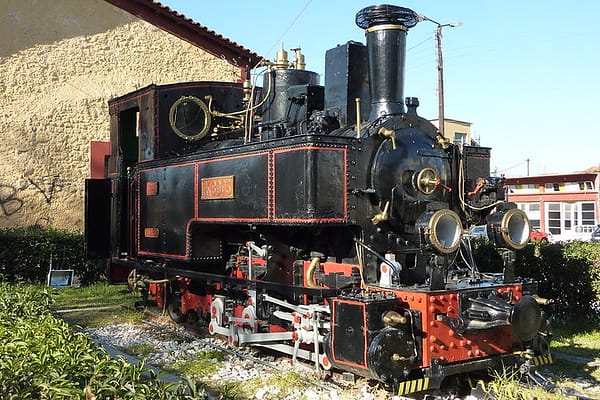Patras Railway Station Greece
Patras Railway Station Greece is an important transport hub, serving as the gateway to ferries to Italy. The city also serves as a gateway for catching a train to Athens or heading north to the Peloponnese. The station has an extensive range of amenities, including ticket counters, waiting areas, restrooms and helpful staff to guide…
